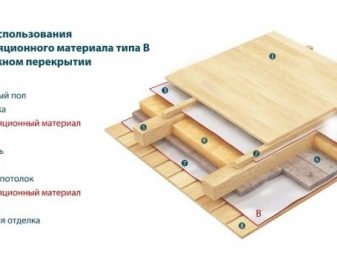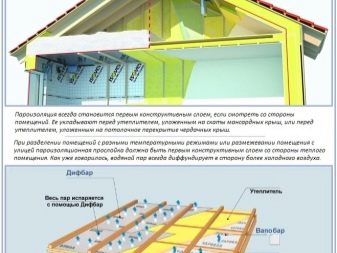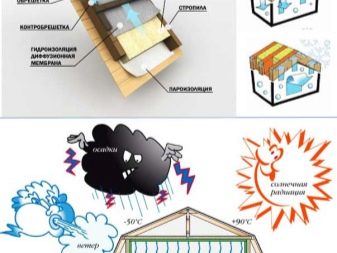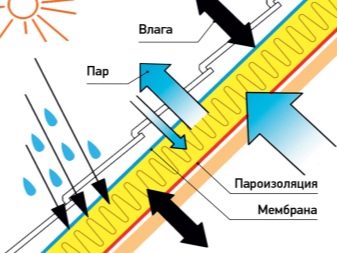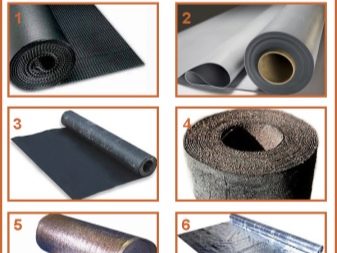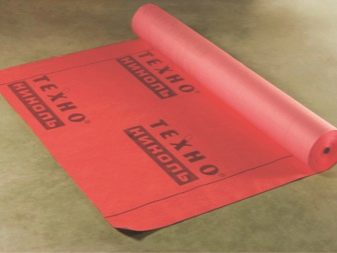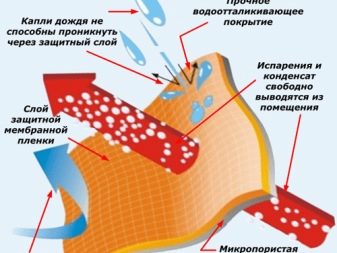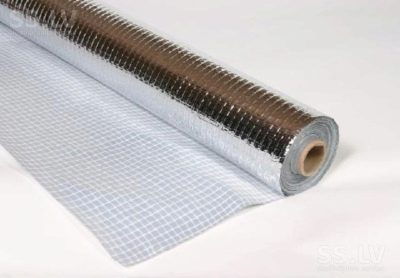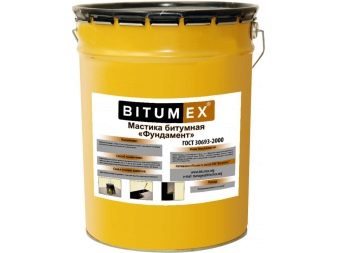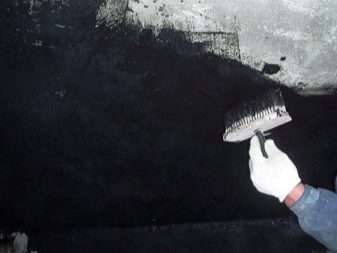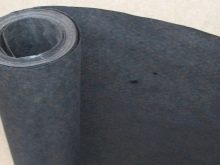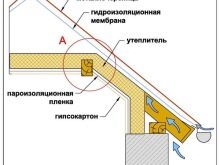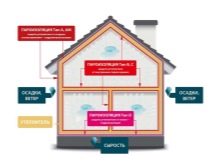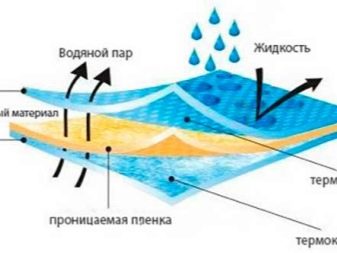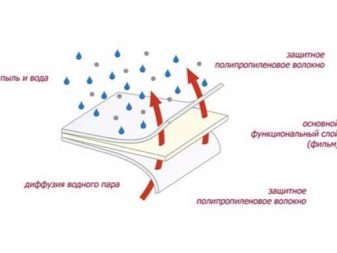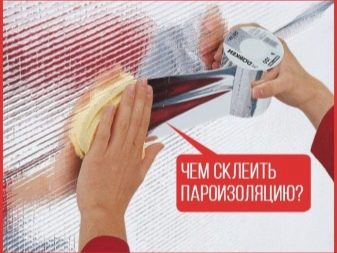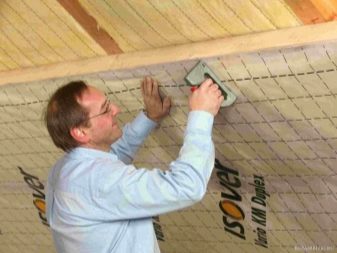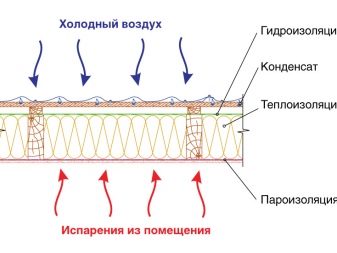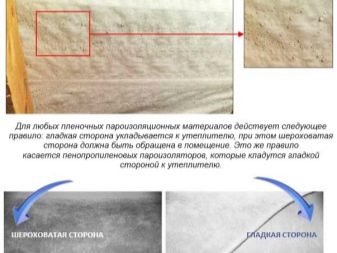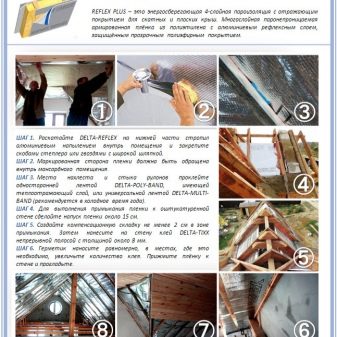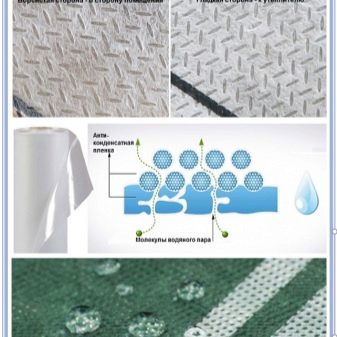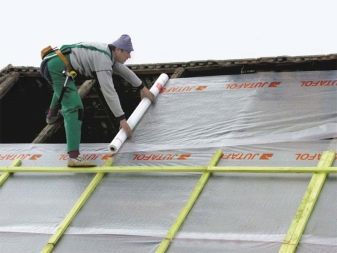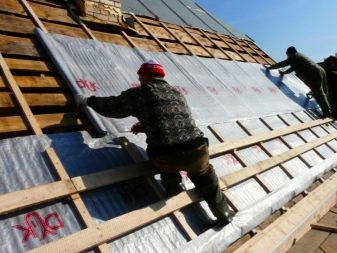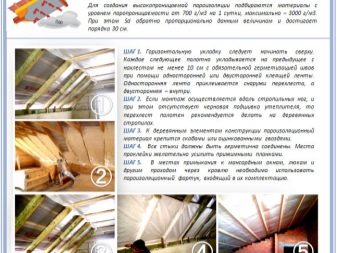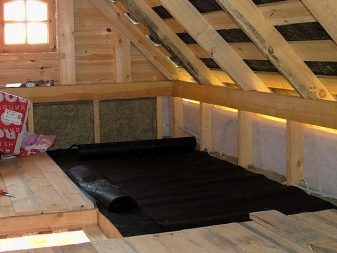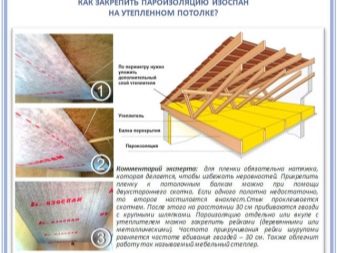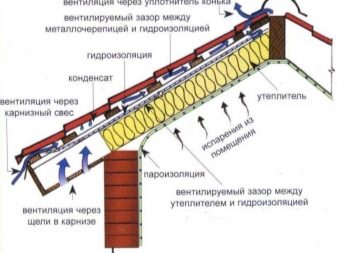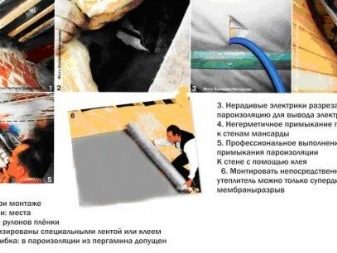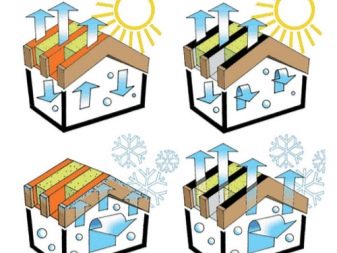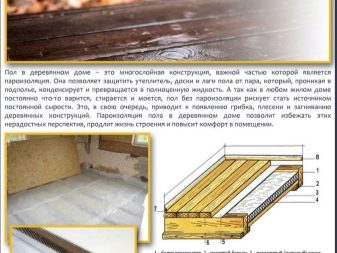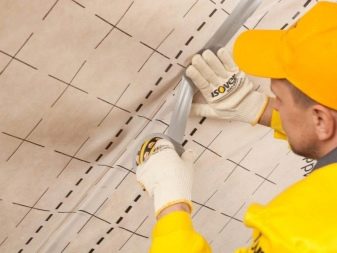Which side to put a vapor barrier?
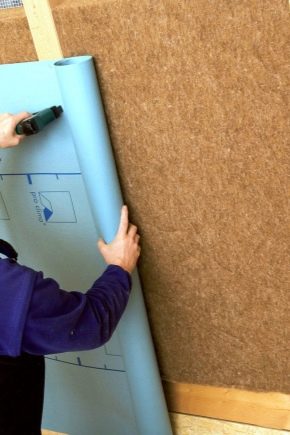
The use of vapor barrier materials allows you to get a room with an optimal microclimate, since excess water vapor will be removed outside the object. This, in turn, will allow to avoid damage to the insulation, wet walls and finishing materials. However, the vapor barrier will “work” only if the installation technology is observed.
What is the essence of the procedure?
When the room is insulated from inside, the heater, even if the facing layer is present, is in contact with the air heated from the room. The latter always contains water vapor. Under the conditions of temperature difference from inside and outside of the structure, these water vapors turn into drops of moisture.
As a result, the heat insulator is moistened and it loses its insulating properties. If the humidity is even higher, then the water does not have time to evaporate, which is fraught with not only wet insulation, but also the walls, as well as finishing materials that lose strength, attractiveness, are covered with mold.
The organization of vapor barrier allows you to hold moisture vapor, preventing them from cooling, and therefore, the transition to a liquid state. The vapor barrier layer is a prerequisite for internal thermal insulation. In this case, even if it is present, excess water vapor will have no place to evaporate, therefore, to maintain an optimal microclimate in the room, it is necessary to organize powerful natural or forced air circulation.
Types of materials
Below are some types of vapor barrier materials.
Film
It is an absolutely deaf vapor barrier that delays the entire volume of water vapor in the air. Available in two versions: regular polyethylene and parokondensatnaya. The latter has an outer (smooth) and inner (rough) side. Due to the rough surface, the droplets linger on the surface of the film. Both types of film have a low cost.
Diffusion membrane
Material based on polymer film and non-woven polypropylene. In contrast to the type of material discussed above, the diffuse film passes through a small amount of water vapor that quickly evaporates without damaging the insulation.
Energy Saving Film
A material that has as its outer layer a metallized surface capable of reflecting thermal energy.
Bituminous mastic
Mastics on a bitumen-polymer basis pass air molecules, but retain water vapor. In addition, they are durable. Being spilled on a flat horizontal surface, they are able to self-level. All this makes bitumen mastic the best flooring insulator for the floor.
Pergamin
This is a dense multi-layer sheet of cardboard, impregnated with bitumen compositions, due to which the strength and moisture resistance of the material are achieved.
Depending on the ability of the membrane to transmit one or another volume of water vapor, the following types of water vapor are released:
- pseudodiffusion (the permissible volume of water vapor does not exceed 300 g / m2 per day);
- diffuse (vapor permeability coefficient is 300-1000 g / sq.m.);
- superdiffuse (miss about 1000 g / sq.m.).
Depending on the coefficient of vapor permeability is determined by the scope of the membrane. For example, a pseudodiffusion material hardly misses water vapor, and therefore is suitable for roofing, acting as an outer layer. Laying necessarily involves the preservation of the air gap between the insulating material and the membrane film.
If you use the same material for the vapor barrier of facades, then there is a high probability of dampening the walls and insulation, since due to the small number of pores the material will not cope with its duties - it will not be able to remove water vapor from inside the room to the outside.
Diffuse and superdiffuse materials, in contrast to pseudodiffusion and single-layer counterparts, do not require lathing.This is due to the fact that a ventilation layer has already been laid inside such a membrane.
Additional tools and instruments
- In addition to the vapor barrier, construction will be required knife to cut it, centimeter or tape measure in order to measure the required amount of film.
- To prevent the opening of the joints on the film allows a wide Scotch. If the foil version is attached, the tape must be metallized.
- Fixation of the film is made using a driven stapler or by means of galvanized nails with wide caps. For fixing on a concrete surface, you can use a special film, on one side of which a special glue is applied, or use double-sided tape for this.
- To create an air gap will require metal profiles, brackets and fasteners of which the framework is under construction.
- Finally, can not do without primer and other compositions (fire retardants for wood, means of preventing the formation of corrosion), used at the stage of surface preparation for vapor barrier fastening.
How to lay and how to fix?
It is important to properly install the vapor barrier material. The plastic film can be mounted by any side. The steam-condensate analogue, like the diffuse membrane, is attached to the insulant with its smooth side. In order to ensure the reflection of heat, an energy-saving material is placed in a metallized layer inside the room.
Usually the manufacturer marks the outer and inner sides of the material. If there are no such instructions, you can determine the front and back sides by looking at the material. If the sides of the material have different shades, then the brighter side of the insulation is laid to the insulation.
You can also touch the material. Usually the outer side has villi, and the inner side is smooth.
Finally, if you roll out the factory roll of vapor barrier, then the inner side is the one that turns out to be facing the floor. It is fixed to the insulation.
There is also an experienced method of installing the front and back of the material. To do this, it is necessary to cover the glass of hot water with a small piece of vapor barrier. That side on which condensate will settle and will be moisture-proof (external).
When using a deaf vapor proof film, the only correct installation technology implies the presence of a ventilated gap between the facing material and the film. Due to this gap, air movement and evaporation of condensate deposited on the vapor barrier surface is ensured.
When organizing a vapor barrier, the material is laid overlapped, sizing of the seams is carried out with a special adhesive tape to ensure the tightness of the coating. Similarly, the joints should be glued when laying the vapor barrier. In this case, the pasting material (film, membrane) must be put on the board flooring and fixed. If roofing material is used, the joints are closed by "cold" or "hot" welding.
It is important to ensure the integrity of the vapor barrier: in the event of damage to the film, they are also subject to adhesive tape. Special attention should be paid to the joints of the film in the corners, the border of the junction with the walls of the door and window openings.
Vapor barrier also depends on the correct installation, the uniformity of the layer and the integrity of the insulating material.In case of its damage or displacement, a temperature difference arises, which leads to rapid cooling of the steam and its transformation into water.
Selection and calculation of the vapor barrier should be carried out in accordance with regulatory documents (GESN, ENiR).
Does the vapor permeability of the situation?
When laying a two-layer film vapor barrier, it is necessary to follow uniform requirements: its smooth side should be facing the insulation, the rough side out. If a vapor barrier with a foil surface is used, then it must be rotated inside the room.
Asphalt inner side should go to the insulation - black (bitumen) side should be turned inside the premises. If this rule is not followed, the materials lose their technical properties. An exception is a vapor barrier film that does not have external and internal sides.
Often, the vapor barrier is equipped with additional hydro and windproof properties. Such material should be mounted close to the heater. If there is a gap between them, then the membrane cannot freeze due to the difference in temperature of the water vapor and the side that is closer to the insulation.
It will not be possible to achieve tightness of the vapor barrier layer, if you do not worry about welding the adjacent rolls when installing the roof of a small inclination and laying the roll-on heat insulator.
What happens if the material is incorrectly installed?
If the vapor barrier is in the wrong position (all except for a single film that does not have an inner and outer layer), it loses its functional characteristics. This leads to wetting and freezing of insulation, walls. Microclimate is disturbed inside the house, mold is formed on the surfaces.
If you install a membrane for vapor barrier with a smooth side inside the room, the condensate will settle down, not having time to evaporate. In the end, this will lead first to the wetting of the bottom of the vapor barrier, and then the entire canvas, insulation and finishing material.
A similar situation will arise when improper installation of foil coatings. As is known, the metallized layer facing the house reflects up to 97% of thermal energy. If the material is fixed incorrectly, then its reflecting function, as well as moisture resistance, will be lost.
Incorrect installation is not only the wrong face or seamy side. Among the common mistakes - a loose fit of the membrane to the insulation, the lack of a ventilated gap when installing a deaf film. There are many variants of violation of installation, but the result is always the same - partial or complete loss of its properties by insulating and vapor-insulating materials. As a result - the freezing of the walls, their destruction.
If you do not take care of the organization of the ventilated gap when laying a single-layer film, then, after a short time, the occupants of the room will feel as if in a greenhouse. Humidity will increase, and condensation will form on the surface of the finishing materials.
Given this, nailing the deaf film should be only on the crate, which can be made of wooden lag, pre-treated with antiseptic composition and flame retardants.
Useful tips
- Buying a vapor barrier, Consider the type of materialwith whom she will be in contact. For example, it is better to mount membrane material on wooden surfaces.For the floor, experts recommend applying mastic on a bitumen-polymer base. It is possible to install polystyrene foam plates (sound insulation that does not require vapor barrier), foil products on concrete walls.
- To ensure a continuous vapor barrier joints between rolls need to glue tapewhose width is not less than 10 cm. To connect foiled analogs, you will need metallized adhesive tape. When vapor barrier in the window openings should not forget about the need for a small (up to 2-3 cm) film stock in case of shrinkage of the structure.
- By choosing which side to put the vapor barrier, it is also important to consider the type of surface and the purpose of the insulated part. For example, to insulate a floor in a brick or wood house, it is recommended to use a two-layer membrane, mounting it with a nap to the floor beams.
- For roof it is better to opt for foiled material, which will simultaneously reduce heat loss and act as a vapor insulator. In any case, the metallized surface should be directed inside the house. If it is planned to take asphalt for the roof, then it is laid in several layers.This is due to the fact that the material has high vapor permeability, and most of the water vapor rises to the roof.
- For outdoor vapor barrier Hydro- and wind-proof membranes are used, which are mounted close to the insulation and are closed by the facade, and for the inside - vapor barrier single-layer and two-layer films.
- To insulate the ceiling It is convenient to use rolled non-woven paroisolators, placing them with a rough side inside the room.
To learn how to put a vapor barrier on, see the following video.
